Ever notice how an animated world can look gorgeous… yet somehow feel empty? The protagonists might be front and center, but without the buzz of life around them, the scene falls flat. That’s where background characters step in to make the world believable.
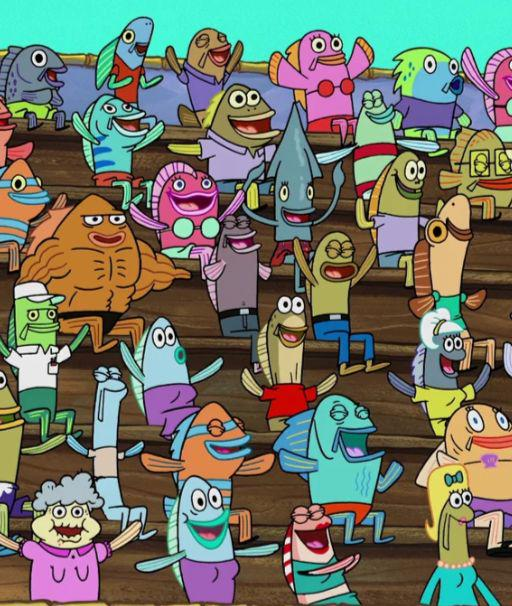
Here’s the tricky part: animators can’t spend endless hours designing and animating every extra in a crowd. So, how do they manage to create a bustling street, a roaring stadium, or a festival brimming with energy without blowing the budget?
Read on to find out!
Why Background Characters Matter in Animation
The spotlight often shines on main protagonists who drive the story forward. Yet, some of the most powerful storytelling elements come not from the main characters, but from the ones quietly filling the margins: background characters.
First, they transform a setting from a static backdrop into a living environment. Whether it’s a bustling city street, a lively marketplace, or a quiet village, the presence of extras walking, chatting, or going about their daily routines adds authenticity. Their subtle actions give the illusion of a world that exists beyond the main narrative, making the story feel more expansive and believable.
The mood of a scene is shaped by its context, including the collective energy of the surrounding crowd. Background characters can subtly convey emotions that complement or contrast the main plot: laughing in a joyful scene, murmuring in a tense moment, or standing still in silence during a dramatic pause. These small, carefully choreographed movements establish tone and emotional depth to guide the audience’s response to the story.
While background characters don’t carry the story’s central plot, they still serve a storytelling purpose: a passerby reacting to a key event, a shopkeeper offering a quiet nod, or a child playing in the distance provides context, foreshadowing, or cultural texture. Their presence subtly reinforces themes, world-building details, and character dynamics.
1. Grey Silhouettes & Subtle Background Animation
In most animation productions, background characters serve as visual punctuation, enhancing the world without drawing attention away from the central narrative. One of the most effective techniques for achieving this is the use of low-resolution characters, which are designed with minimal detail, muted colour palettes, or simplified linework.
This approach is especially prevalent in anime, where a stylistic economy of detail is often embraced. Sometimes, animators don't even bother and go as far as using literal grey silhouettes in place of background characters:
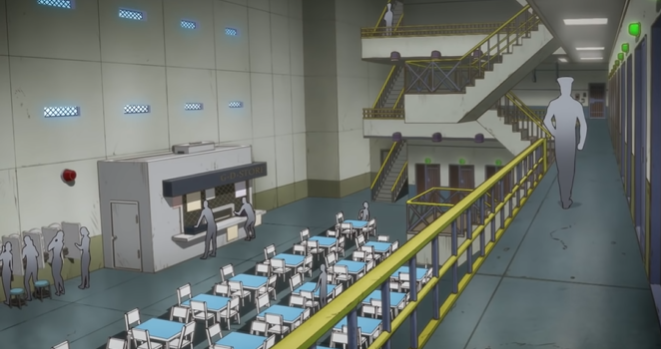
Background extras may lack facial features entirely, like eyes or mouths, unless they are directly involved in a scene with the protagonists. Their forms are often rendered in monochromatic or low-contrast tones, making them appear more subtle within the environment. It not only streamlines production but also reinforces the hierarchy of visual importance: the foreground characters command attention, while the background hums with quiet life.
Sometimes, less is more. Another simple way to avoid over-animating is to reuse assets.
2. Asset Reuse: Efficiently Populating Scenes
Rather than creating entirely new characters from scratch for every scene, animators frequently repurpose existing character rigs, models, or designs, applying only minor variations like different clothing, color schemes, or hairstyles.
This approach not only saves significant time and resources but also helps keep visual consistency across a production, which is especially important in large-scale projects:
- In 2D animation, asset reuse often involves re-coloring or re-drawing existing character cels. For example, a basic character design can be quickly adapted by changing the shirt color, adding a hat, or altering hair style. Tasks that require minimal effort compared to full character creation. These small adjustments allow animators to populate bustling city streets, crowded markets, or busy office scenes with diverse background characters.
- In 3D animation, reuse is achieved through modular design and texture swapping. Animators can take a base character rig and swap out textures for different outfits, skin tones, or accessories. In some cases, entire body parts like arms or heads can be interchanged to create variety. Advanced rigs may even support dynamic changes in hairstyle or facial features via simple parameter adjustments.
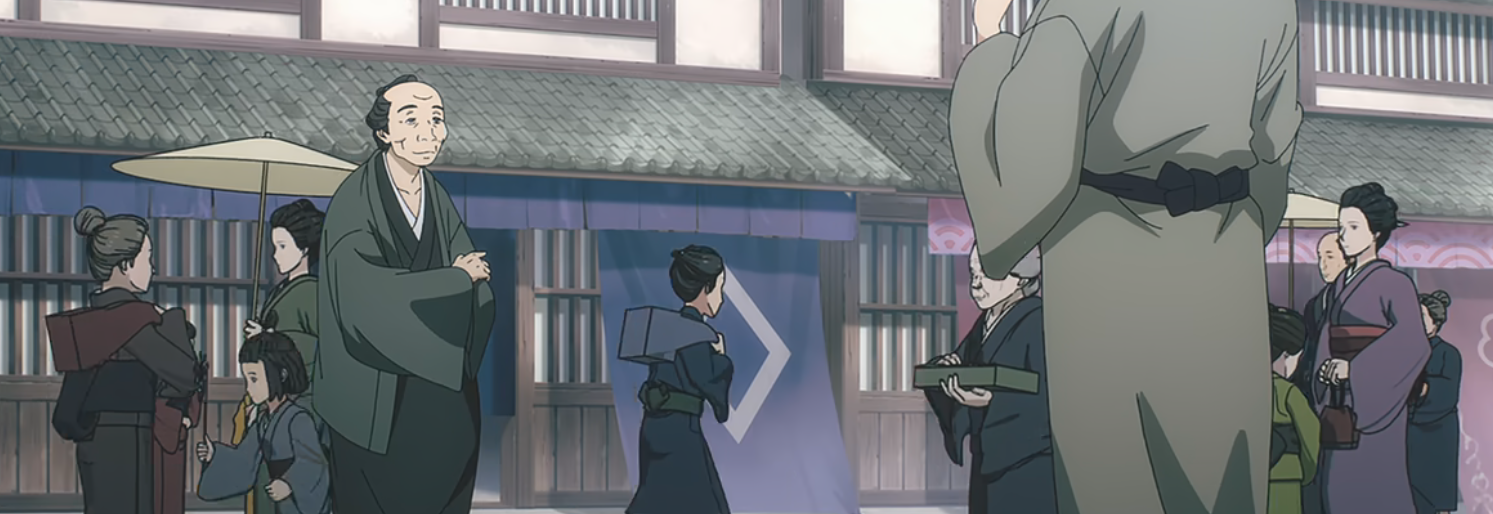
3. Looping for Natural Movement
Background characters are typically animated using simple, repeating cycles like walking loops, idle breathing motions, or subtle talking gestures to give the illusion of life without the need for complex, frame-by-frame animation.
These minimal loops are designed to be efficient, allowing animators to maintain visual interest across large groups or extended scenes without overextending rendering resources.
A key technique in making these loops feel organic is timing variation. By offsetting the start and duration of individual loops so that one character begins walking slightly before another, animators can avoid the mechanical, repetitive feel that often comes with identical cycles.
4. Layering for Depth and Realism
Layering is another technique that creates a sense of depth by varying the level of detail and motion based on a background character’s perceived distance from the camera.
- Simplify with distance - Characters farther from the camera should have reduced detail in both design and motion. Broad, slower movements read better at a distance.
- Blur and depth cues - Apply motion blur to deeper layers in compositing. This not only mimics real camera depth of field but also naturally separates focal planes.
- Light and shadow separation - Adjust lighting so that background characters subtly fall into shadow or softer highlights compared to the main action.
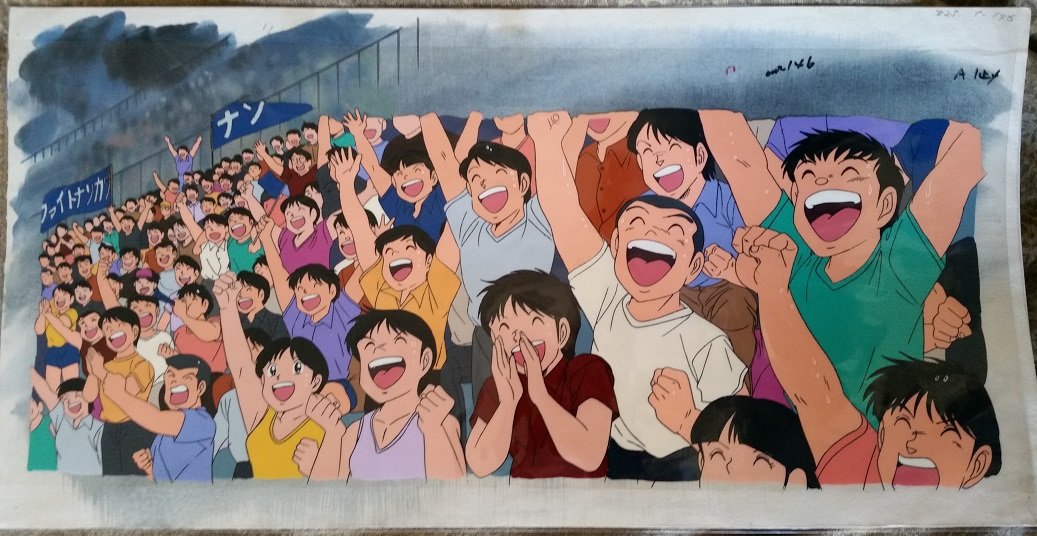
5. Procedural Generation
Procedural generation is a modern approach using algorithms for the creation of dynamic crowds without manually animating each individual. This approach is especially effective in large-scale scenes like bustling city streets, epic battlefields, and other massive crowds where the sheer number of characters would make traditional animation impractical.
A prime example of this is the use of VFX simulation systems like Massive, originally developed for The Lord of the Rings trilogy. It enables background agents to exhibit autonomous behaviours, making decisions based on environmental cues, social dynamics, and scripted rules. These agents can walk, react to nearby characters, respond to threats, or even improvise actions during a scene, adding a layer of unpredictability that feels organic. (See: VFX artist role and challenges)
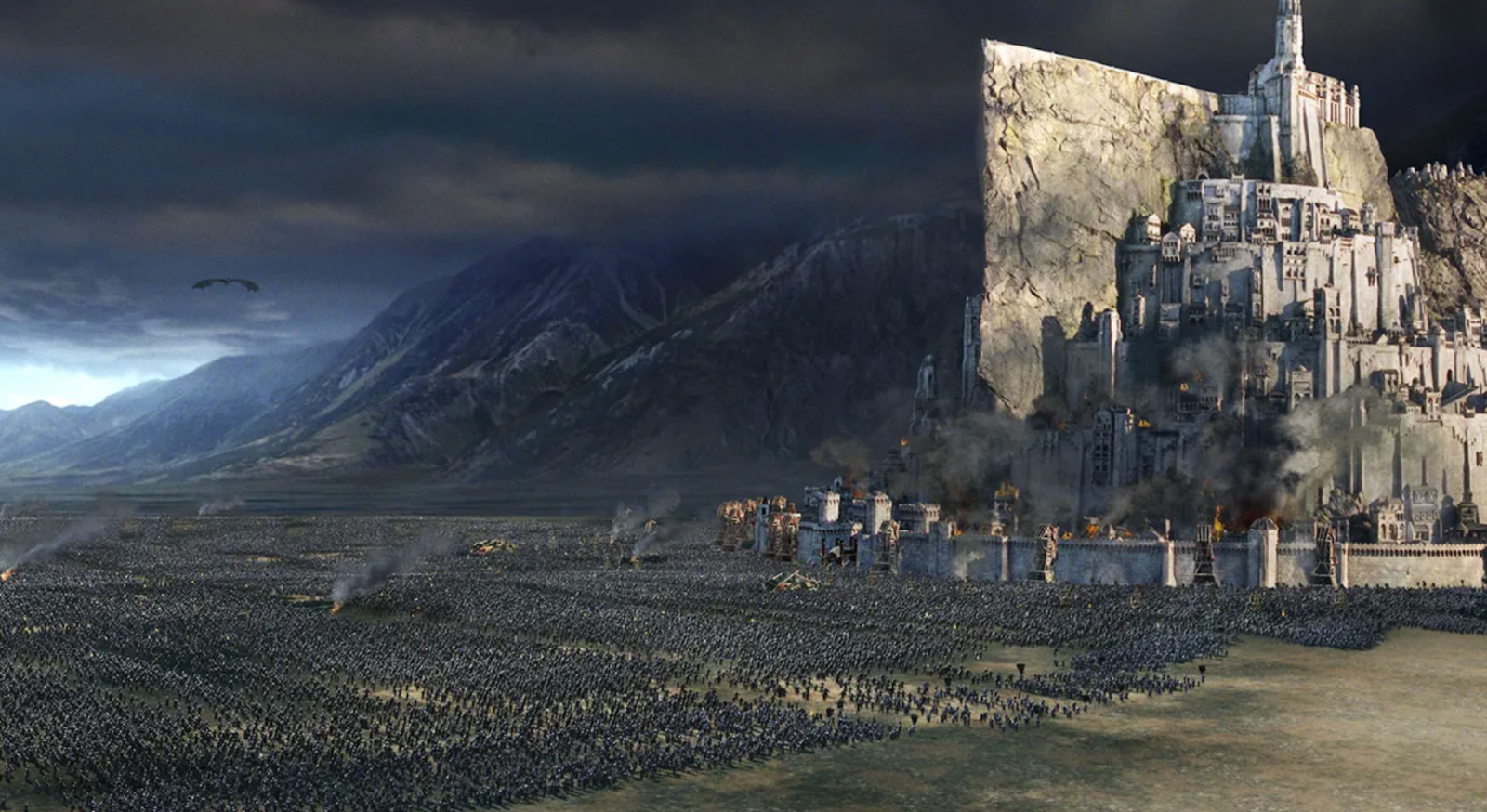
Through procedural generation, background characters aren't just passive fillers: their movements are varied and responsive. This technology not only saves time and resources but also enhances storytelling by making the environment feel truly alive.
Conclusion
Animation isn’t just about the heroes, the villains, or the pivotal moments: it’s about the world they inhabit. And that world only feels real when it breathes and moves beyond the frame.
When background characters are animated with intention, they make scenes much more impactful.
Ask yourself: Is this world really alive? Don’t just show characters, use them to tell a story. They need purpose, rhythm, and presence. Whether through a subtle loop, a strategic silhouette, or a dynamic procedural system, make every extra matter!






